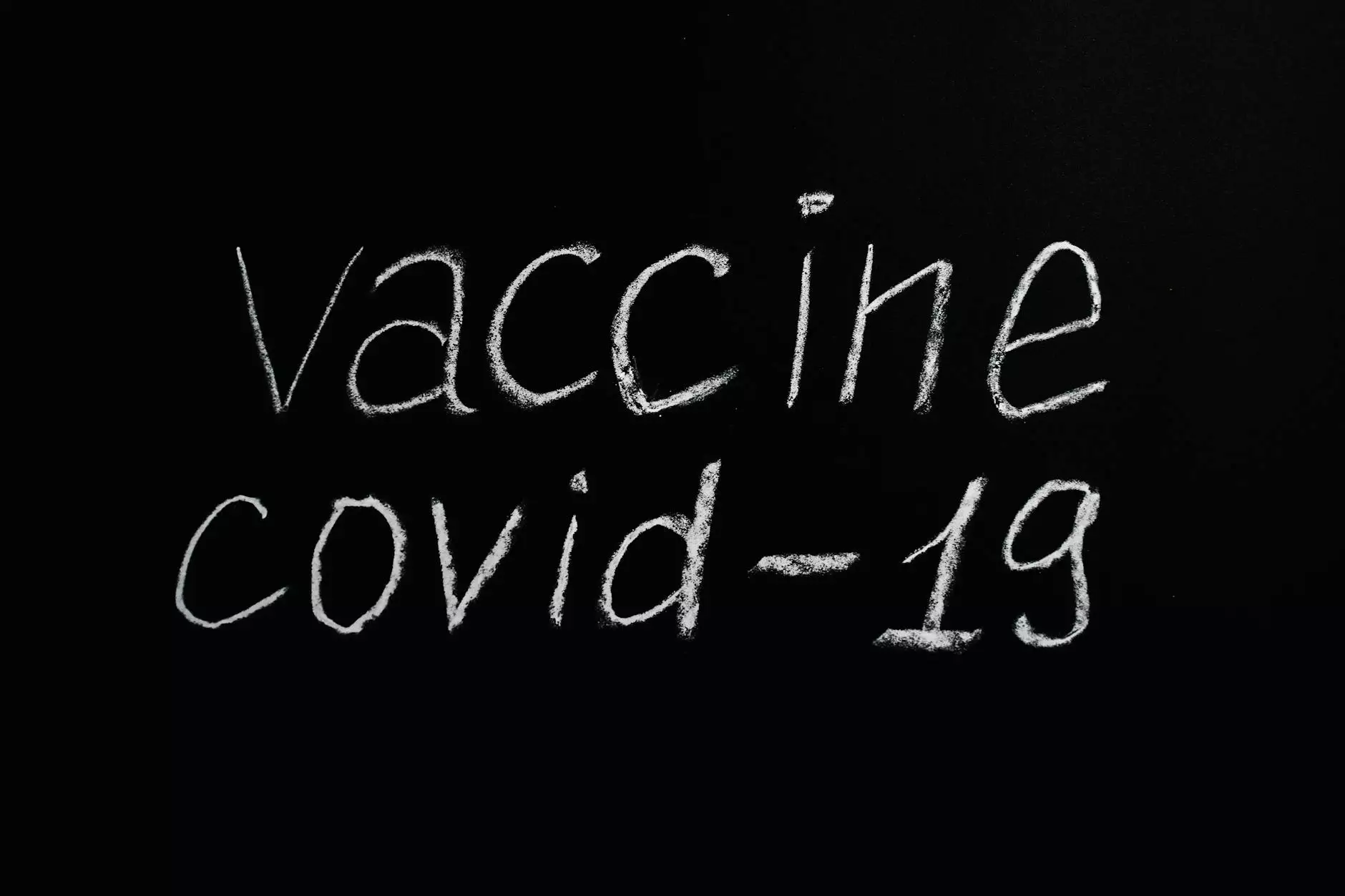Bites And Stings: How To Make Sure Your Bite Wound Is Not Infected
Health
Introduction
Welcome to Ageless Wisdom Magazine's comprehensive guide on how to ensure your bite wound remains free of infection. In this article, we will provide you with valuable insights into various types of bites and stings, their potential risks, symptoms, and essential first aid steps you can take to promote healing. Whether it's a mosquito bite, spider bite, or bee sting, it's important to be well-informed and prepared. Read on to gain a deeper understanding of these common occurrences and how to deal with them effectively.
Common Types of Bites and Stings
In this section, we will discuss the most common types of bites and stings encountered by people:
Mosquito Bites
Mosquito bites are one of the most frequent annoyances during the warm months. While mostly harmless, they can cause itching and discomfort. In rare cases, they may transmit diseases such as dengue fever or malaria. Preventive measures such as using insect repellent and wearing protective clothing can help reduce the chances of getting bitten.
Spider Bites
Spider bites can range from mild to severe, depending on the species involved. While most spider bites only cause temporary pain and irritation, certain spider species can pose a greater threat. It's important to be able to identify venomous spiders and seek medical attention if necessary.
Bee and Wasp Stings
Bee and wasp stings can be painful and, for some individuals, may result in allergic reactions. If you have a known allergy to bee or wasp venom, it's crucial to carry an epinephrine auto-injector (commonly known as an EpiPen) for emergency use. Proper first aid techniques, like removing the stinger and applying a cold compress, can help alleviate the discomfort.
Tick Bites
Ticks are known carriers of various diseases, such as Lyme disease. If you've been bitten by a tick, it's essential to remove the tick promptly and monitor for any symptoms of infection. Lyme disease, if left untreated, can have severe consequences on your health.
Recognizing Symptoms
Recognizing the symptoms of bites and stings is crucial to determine the proper course of action. While each type of bite or sting may exhibit different symptoms, there are some common indicators to watch out for:
- Redness and Swelling: The affected area may become red, swollen, and warm to the touch.
- Itchiness: Itching is a typical reaction to bites, especially mosquito bites. However, excessive itching may lead to skin damage and increase the risk of infection.
- Pain and Soreness: Bites and stings can cause varying degrees of pain and soreness, depending on the venom or irritant involved.
- Rash or Hives: Some individuals may experience a rash or hives as an allergic reaction to bites or stings.
- Systemic Symptoms: In severe cases or instances of allergic reactions, systemic symptoms may occur, including difficulty breathing, dizziness, or nausea. These require immediate medical attention.
It's important to remember that everyone's reaction to bites and stings can vary, so be observant and listen to your body.
First Aid and Home Remedies
When dealing with bite wounds, it's crucial to administer proper first aid to minimize the risk of infection and promote healing. Here are some essential steps to follow:
Clean the Wound
Clean the affected area with mild soap and water. Ensure that you remove any dirt, debris, or residual venom or irritant.
Apply Antiseptic
Gently apply an antiseptic, such as hydrogen peroxide or rubbing alcohol, to disinfect the wound.
Cold Compress
Place a cold compress or ice pack wrapped in a cloth on the bite or sting to reduce swelling and provide relief.
Over-the-Counter Medications
Over-the-counter pain relievers such as ibuprofen or acetaminophen can help alleviate any pain or discomfort associated with the bite.
Monitoring for Infection
Be vigilant and monitor the bite or sting site for any signs of infection, such as increasing redness, pus, or worsening pain. If infection occurs, consult a healthcare professional.
Home Remedies
Several home remedies can be used to manage symptoms and promote healing. For example, applying a paste made of baking soda and water to the affected area can help reduce itchiness. Aloe vera gel, tea tree oil, or calamine lotion may also provide relief.
Remember that while home remedies can be helpful, they should not replace professional medical advice. If you have any concerns or the symptoms worsen, consult a healthcare provider.
Conclusion
Being well-informed about bites and stings is key to preventing infections and ensuring prompt treatment when necessary. We hope this comprehensive guide by Ageless Wisdom Magazine has provided you with valuable insights into managing bite wounds effectively. Remember to prioritize preventive measures, administer prompt first aid, and seek medical attention if needed. Stay informed, stay safe!




